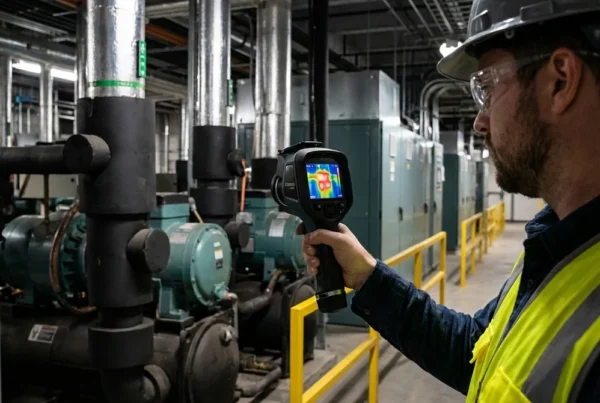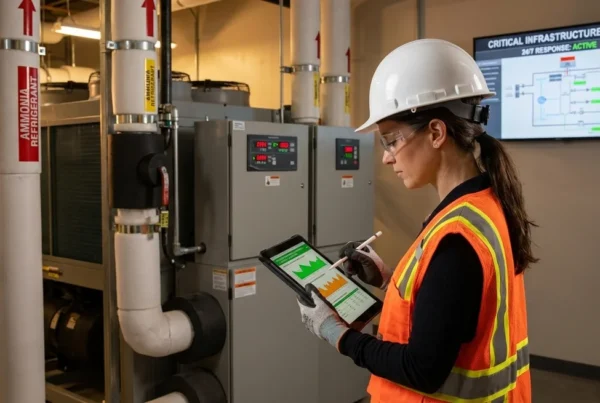The Role of Ammonia in Industrial Refrigeration: Benefits and Safety Tips
Ammonia has long been a cornerstone of industrial refrigeration, known for its efficiency and environmental advantages. As a natural refrigerant, ammonia (NH₃) offers numerous benefits over synthetic alternatives, making it a preferred choice for industries requiring large-scale cooling solutions. However, handling ammonia comes with specific safety considerations that are crucial for maintaining safe and efficient operations.
Benefits of Ammonia in Industrial Refrigeration
One of the primary benefits of ammonia as a refrigerant is its excellent thermodynamic properties. Ammonia has a high latent heat of vaporization, which means it can absorb significant amounts of heat during the refrigeration process. This makes it highly efficient, leading to lower energy consumption and reduced operational costs. Additionally, ammonia is environmentally friendly, with zero ozone depletion potential (ODP) and zero global warming potential (GWP). This makes it an ideal choice for companies committed to sustainability and reducing their carbon footprint.
Ammonia is also widely available and cost-effective compared to many synthetic refrigerants. Its long history of use in refrigeration has resulted in a deep understanding of its properties and behavior, making it a reliable and well-established choice for industrial applications.
Safety Tips for Handling Ammonia
While ammonia offers many benefits, it is important to recognize the potential hazards associated with its use. Ammonia is toxic and can be corrosive, which means that proper safety measures must be in place to protect both personnel and equipment. The International Institute of Ammonia Refrigeration (IIAR) provides comprehensive guidelines on the safe use of ammonia in industrial refrigeration systems.
1. Proper Training: Ensure that all personnel who work with or around ammonia are properly trained. This includes understanding the chemical properties of ammonia, recognizing signs of leaks, and knowing how to respond in an emergency. Regular training updates are essential to keep safety practices current.
2. Leak Detection and Prevention: Implement robust leak detection systems to quickly identify and address any leaks. Regular maintenance and inspections of refrigeration equipment are crucial for preventing leaks. In the event of a leak, having a well-defined emergency response plan can mitigate risks.
3. Ventilation: Ensure adequate ventilation in areas where ammonia is stored or used. Proper ventilation helps disperse any leaked ammonia, reducing the risk of exposure to toxic levels.
4. Personal Protective Equipment (PPE): Equip all workers with appropriate PPE, including respirators, gloves, and protective clothing. PPE is essential when handling ammonia or performing maintenance on refrigeration systems.
5. Emergency Preparedness: Establish clear emergency procedures, including evacuation plans and first-aid measures for ammonia exposure. Regular drills should be conducted to ensure that all employees are familiar with these procedures.
Ammonia remains a vital refrigerant for industrial applications, offering unmatched efficiency and environmental benefits. By adhering to safety guidelines and best practices, companies can harness the power of ammonia while ensuring a safe and compliant workplace.
Conclusion
IR Pros designs, builds, and services industrial refrigeration systems and offers a wide variety of OEM parts for your business.



